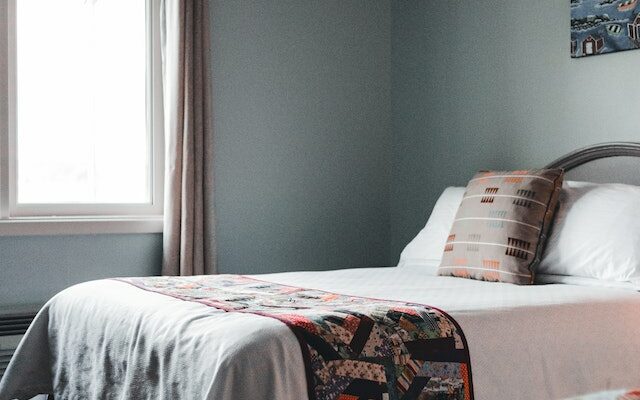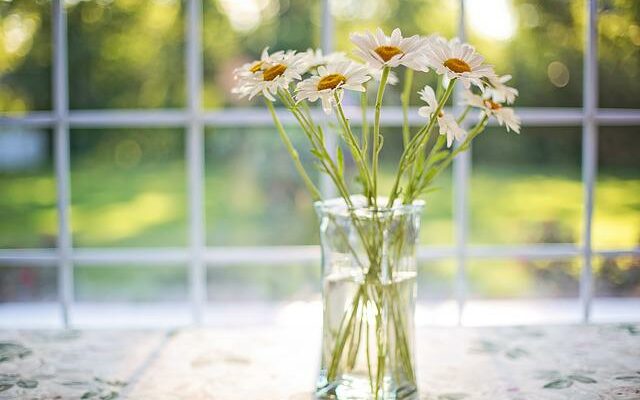Choosing the best type of kitchen splashback is a difficult decision. You need one that combines aesthetic appeal with design flexibility to match your kitchen. You need a wipe-clean surface that can hold up to the ravages of your kitchen and hold its good looks without endless maintenance.
It’s important to get the right material. In many cases, that material is glass. We’ve already answered some general questions about glass splashbacks, but sometimes it can be hard to know if it’s right for you. So in this post, we’ll help you decide by answering some more in-depth questions.
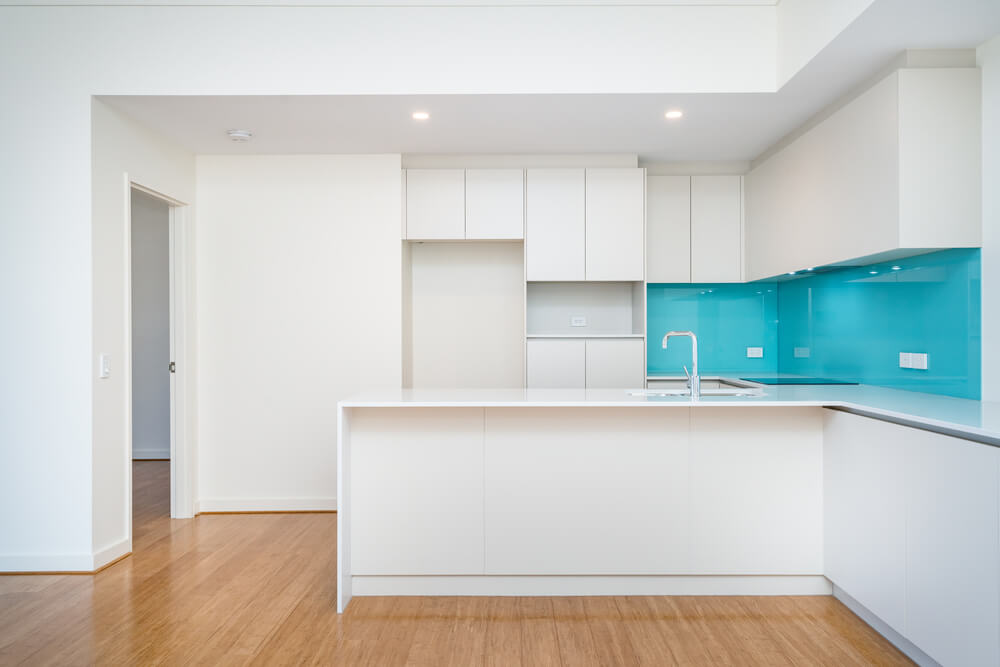 What glass is best for a splashback?
What glass is best for a splashback?
When it comes to a kitchen splashback, you need to use toughened glass. Standard, non-toughened glass can be fragile, prone to cracking, chipping and even shattering. Toughened glass (or tempered glass) is treated to make it strong and durable enough to withstand the stresses of your kitchen.
Toughened glass can easily take the knocks, catches and scratches that are an inevitable part of cooking. It is still lightweight enough to fix easily in place and stay secure, and obviously has all the good looks you’d expect of glass.
Can a glass splashback crack from heat?
Another benefit of toughened glass is that it won’t crack in the heat of your kitchen. Even if you have a gas hob, where the flames are mere inches from the wall, a glass kitchen splashback is heat resistant enough to endure.
The important thing is to make sure there is enough space between the hob and the glass splashback. If your hob is fitted too close to the splashback you risk shortening the life of your splashback as the rapid change when the heat from your stovetop begins and ends, will weaken it.
What size should a glass splashback be?
Any kitchen splashback should be at least the same width as your hob. This will protect your walls against any food splatters your cooking splashes out, and will also give your kitchen walls a balanced look.
However toughened glass is so strong, you can also choose a much larger size, the whole length of your work surface for example. This can be great visually if you go for a bright, bold colour and will also protect an even wider space from food splashes.
One brilliant thing about glass splashbacks is that they come in any size. Here at KLG Glass, our glass cutting service means that you can buy a beautiful and bespoke splashback that is the perfect size for your kitchen – whatever size that might be.
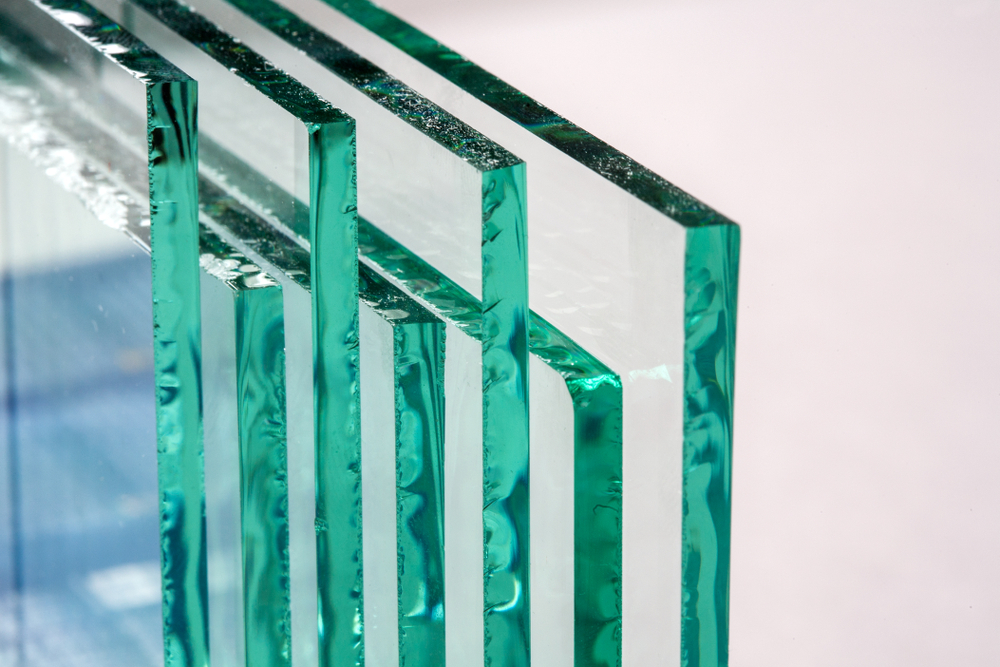 How thick should a glass splashback be?
How thick should a glass splashback be?
On average a glass splashback should be 6mm thick. This makes the glass strong enough to stay resistant to heat, scratches and bumps while also being thin and lightweight enough to be fixed to the wall without needing too much effort or extra fixings.
If you prefer, it is possible to get thick glass splashbacks of around 8mm. However, the downside of thicker glass is that your kitchen splashback is heavier. It will need more secure fixings and you may be limited on how large you can make it without reinforcing your walls.
6mm glass splashbacks do offer the perfect combination of convenience, appearance and strength which is why this is the thickness we always recommend.
How long will a glass kitchen splashback last?
Glass splashbacks are so strong and durable, they will last for over a decade – potentially two.
Unlike tiled splashbacks that might chip or come loose, or acrylic kitchen splashbacks that could scratch or weaken, glass will take many years to weaken enough that it needs replacing.
It is more likely you will want to swap out your splashback for aesthetic reasons before practical ones. Though, an added benefit of glass splashbacks is that they will look just as good as the day they were installed for most of their life too. They are so easy to clean and maintain, you won’t need to worry about them looking old or tatty either.
Are glass splashback still in fashion?
The wonderful flexibility of glass kitchen splashbacks means they will never go out of style. Whether bright, bold primary colours or subtle earth tones are popular, you can match your kitchen splashback to the latest trend when you pick a glass one.
And if you need any more glass splashback design inspiration, check out our post to see just how flexible these kitchen splashbacks can be.
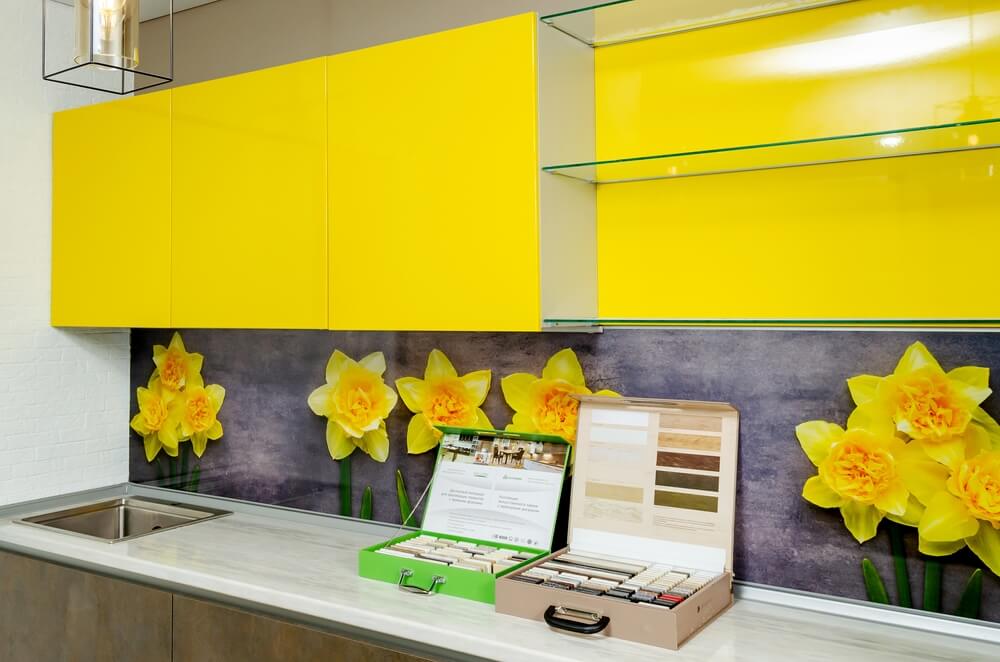 Are glass splashbacks worth it?
Are glass splashbacks worth it?
At the end of the day, the only person who can decide if glass is the right splashback material for your kitchen is you. Compared to other splashback materials, glass has plenty to recommend it, but if you need to know more you can always contact our team with any questions you still have.

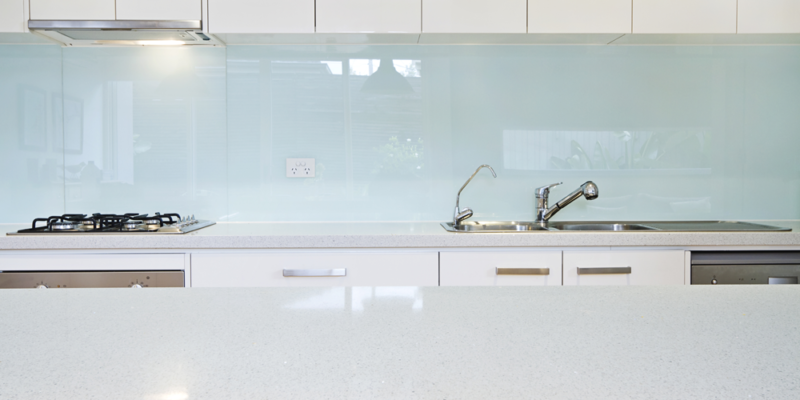
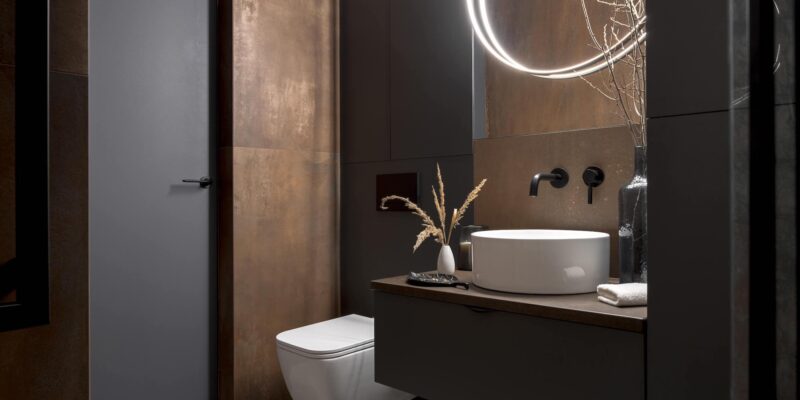
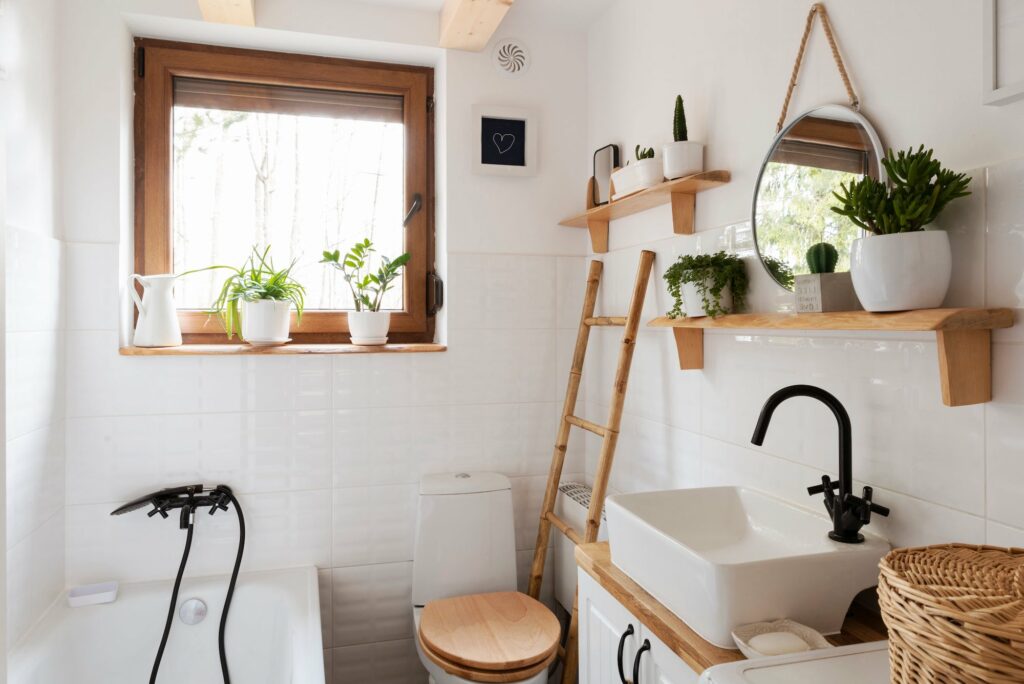 Pick a frameless clear glass shower screen
Pick a frameless clear glass shower screen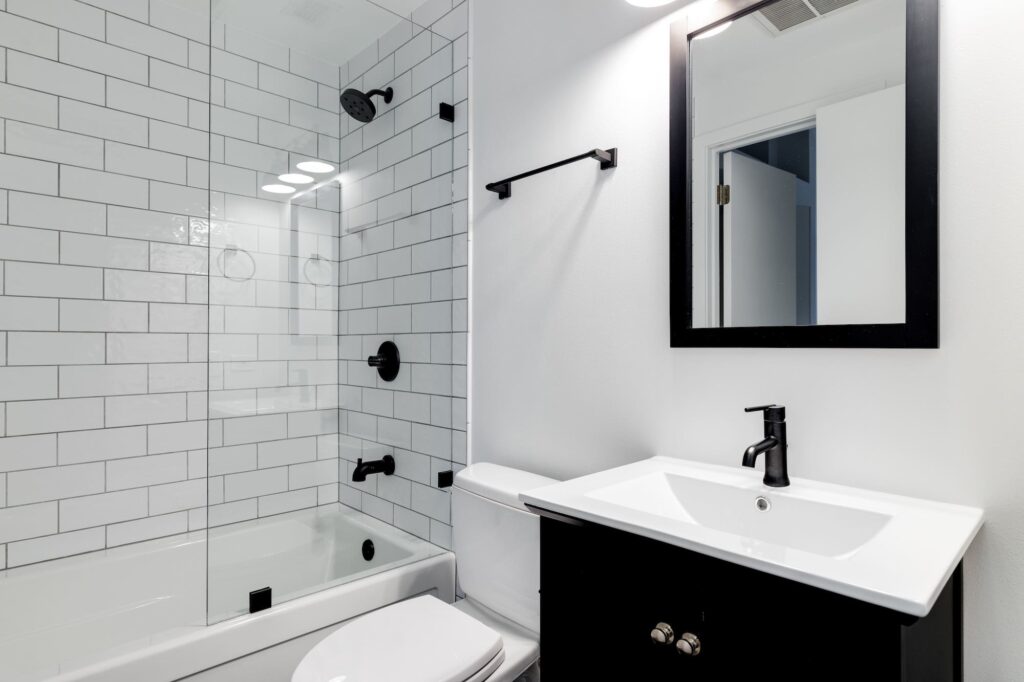 Get smart with storage
Get smart with storage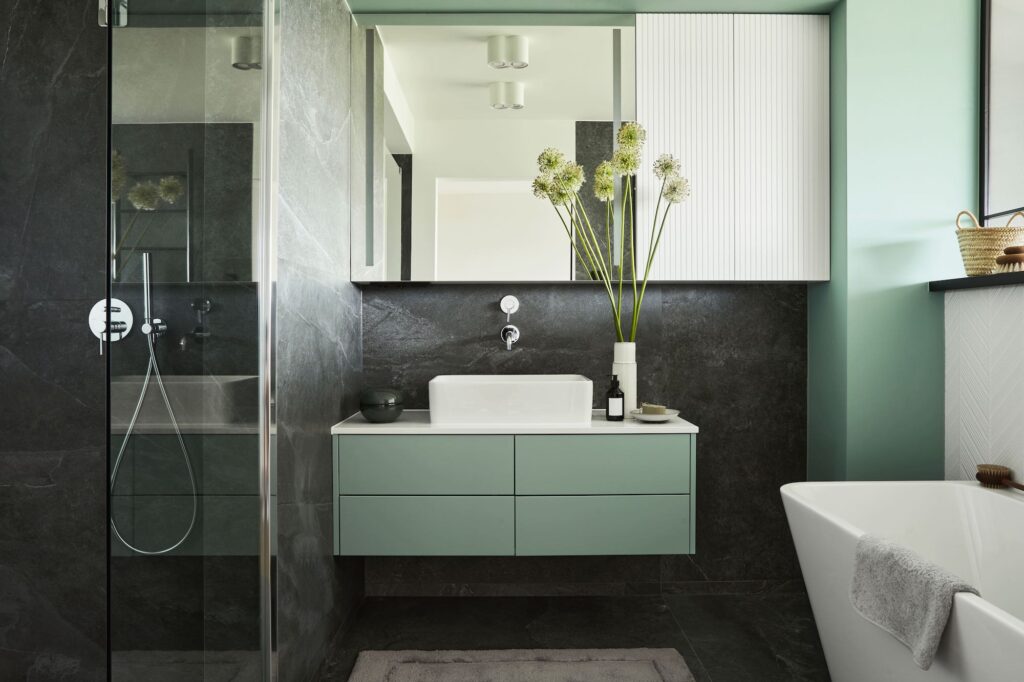 Plump for bigger tiles
Plump for bigger tiles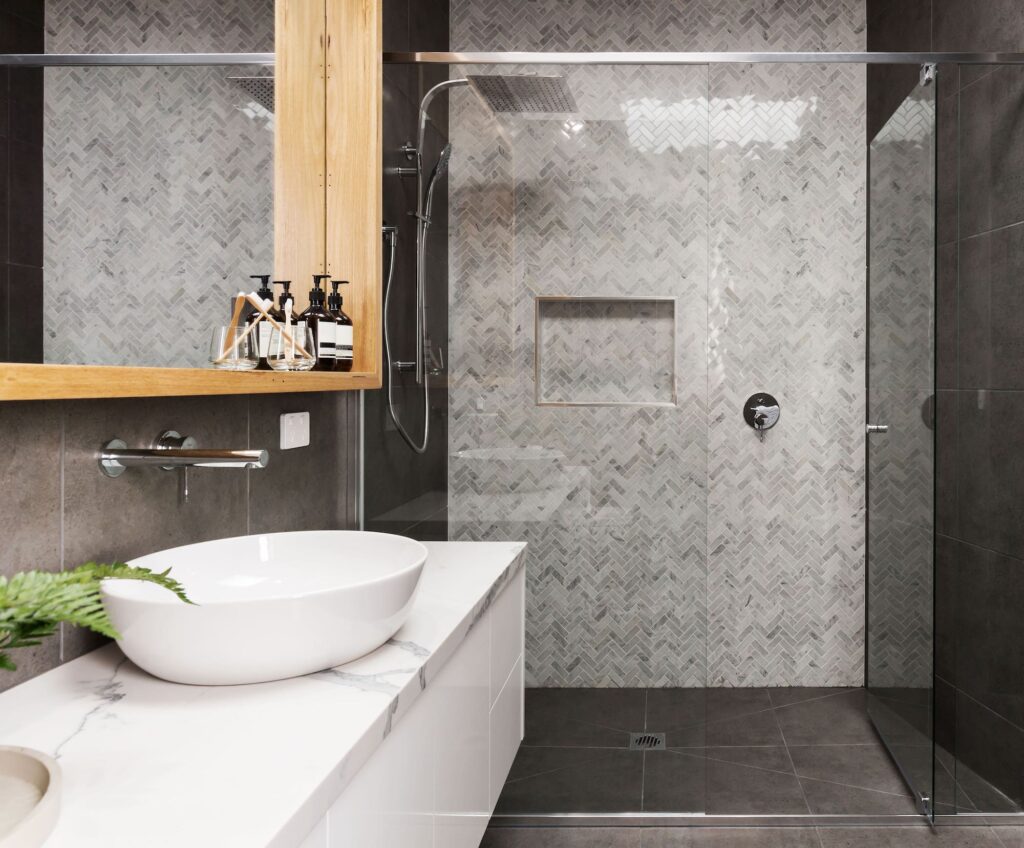 Make the most of your natural light with mirrors
Make the most of your natural light with mirrors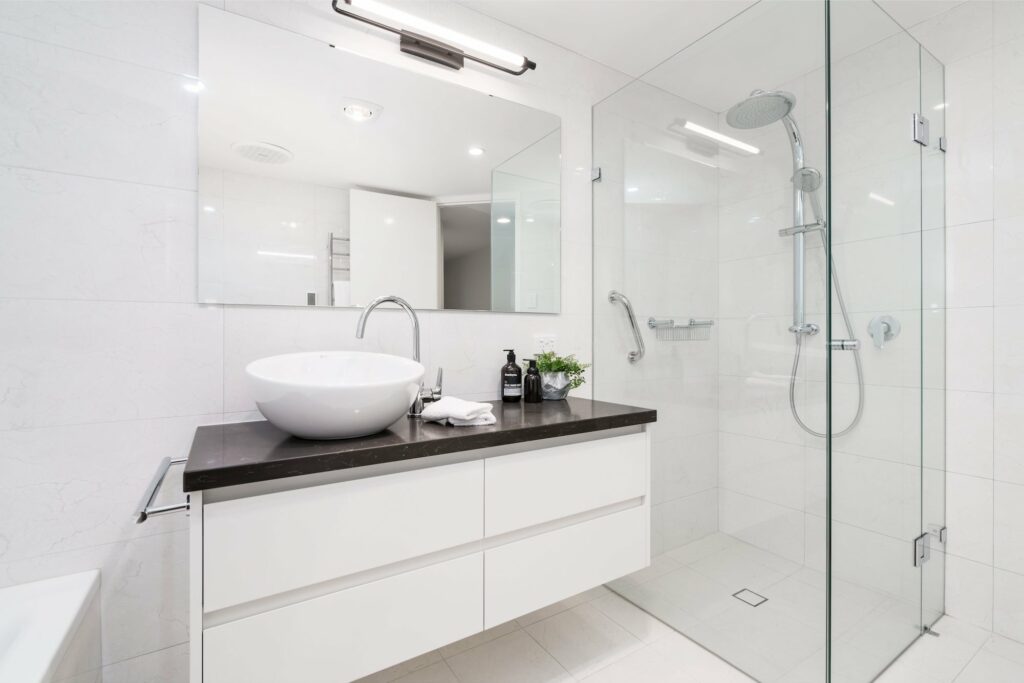 Ditch the tub
Ditch the tub
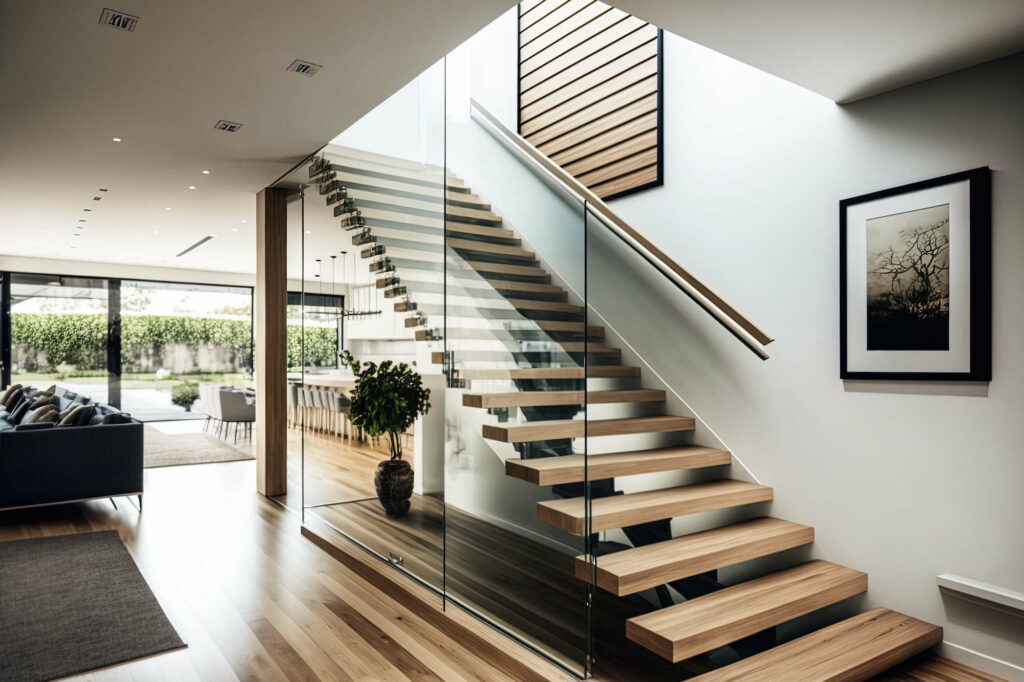 Durable (and safe)
Durable (and safe)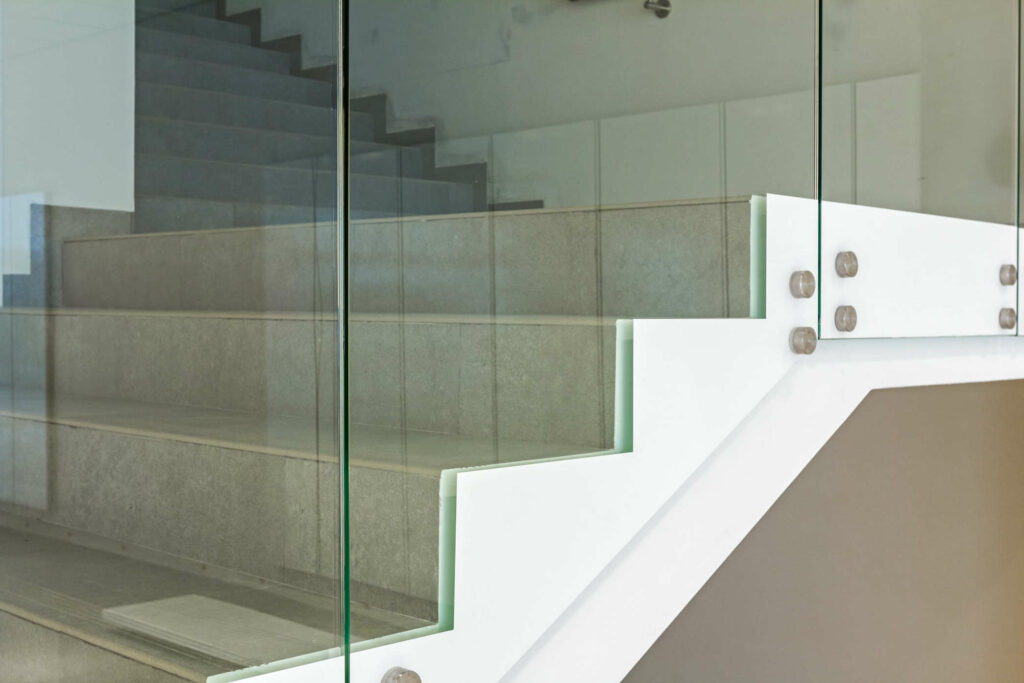

 How can homeowners choose the best glass wall art option for their space and style?
How can homeowners choose the best glass wall art option for their space and style?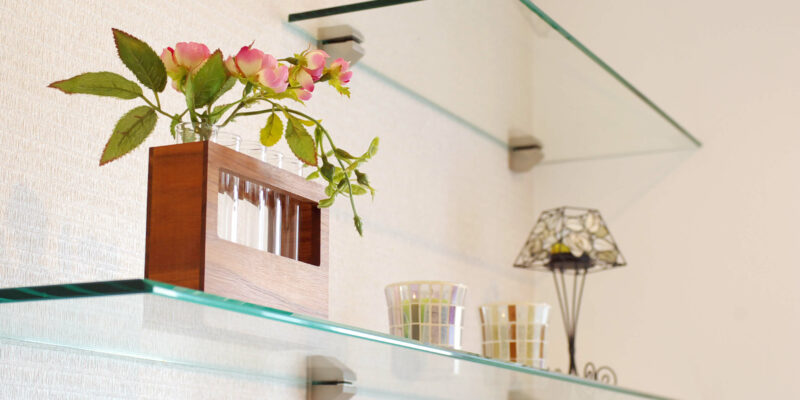
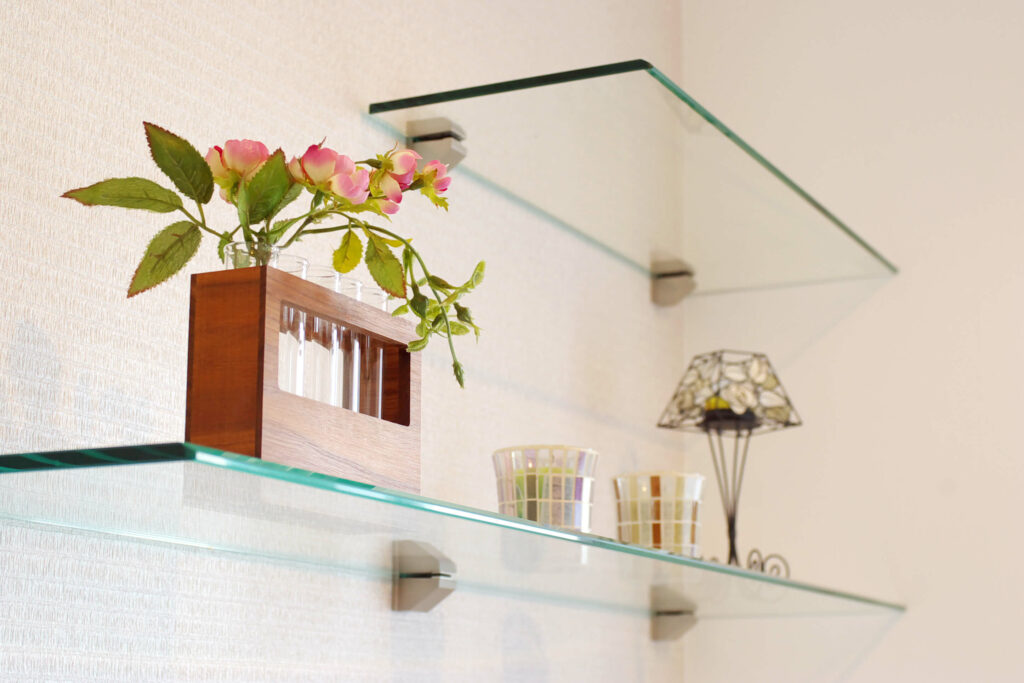 Idea 1: Use floating glass shelves for a sleek, modern look
Idea 1: Use floating glass shelves for a sleek, modern look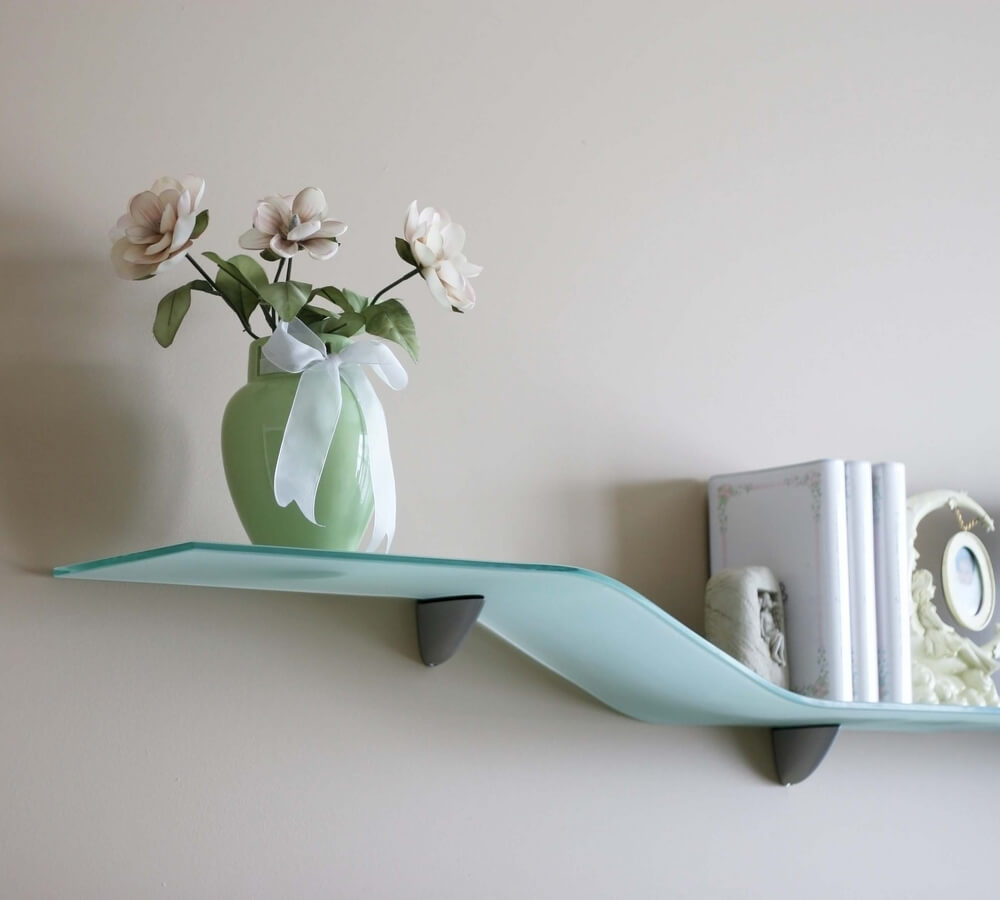 Idea 9: Utilise glass shelves in a small space to make the most of limited storage
Idea 9: Utilise glass shelves in a small space to make the most of limited storage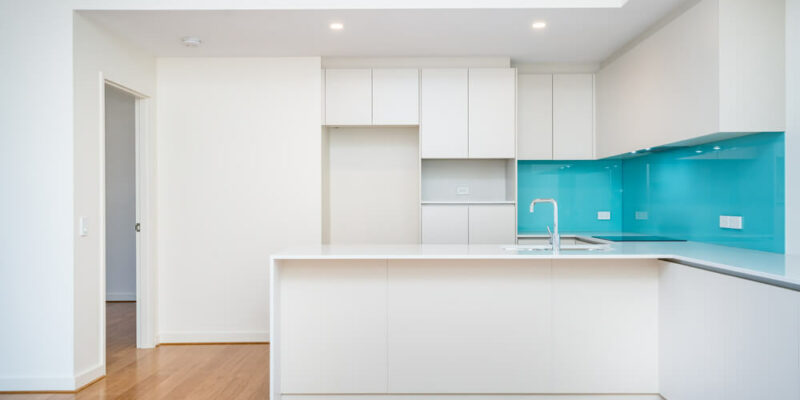
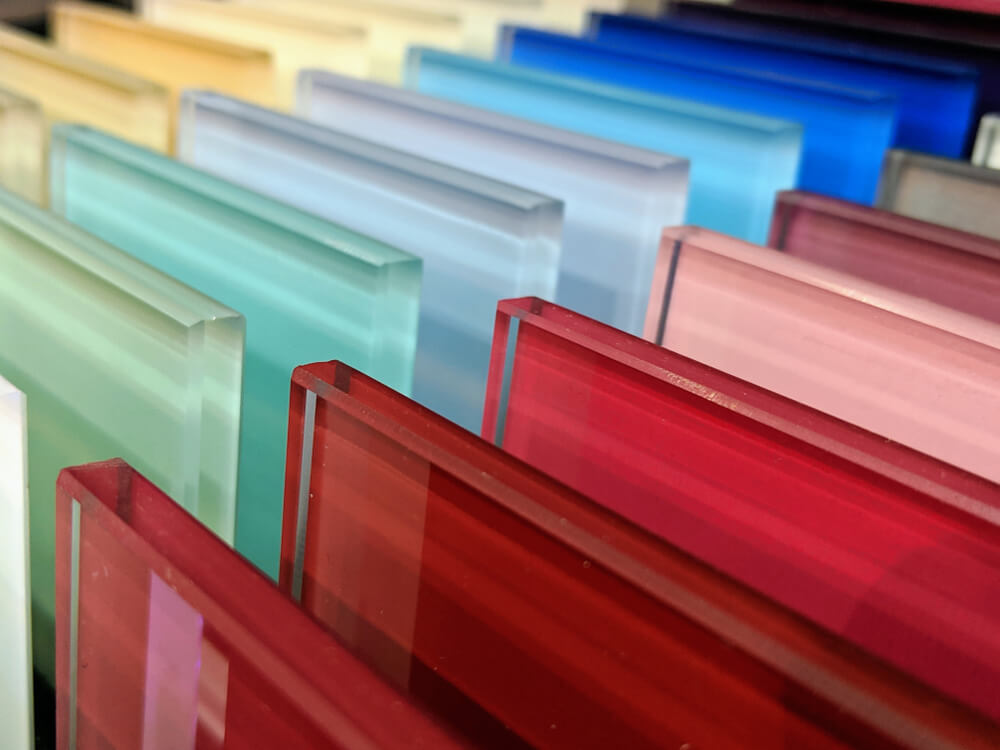
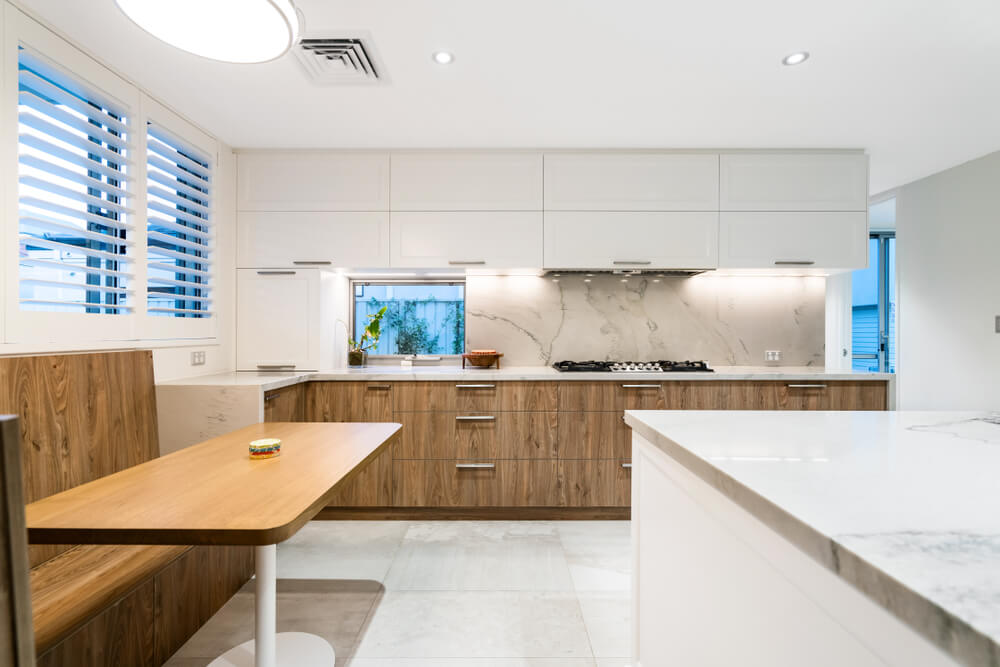 Idea 5: Make a statement with a graphic or illustrated glass splashback
Idea 5: Make a statement with a graphic or illustrated glass splashback
